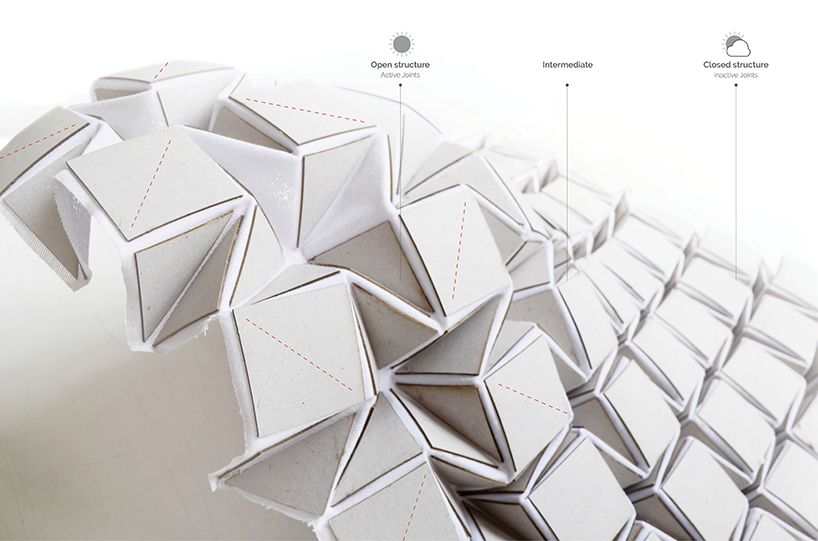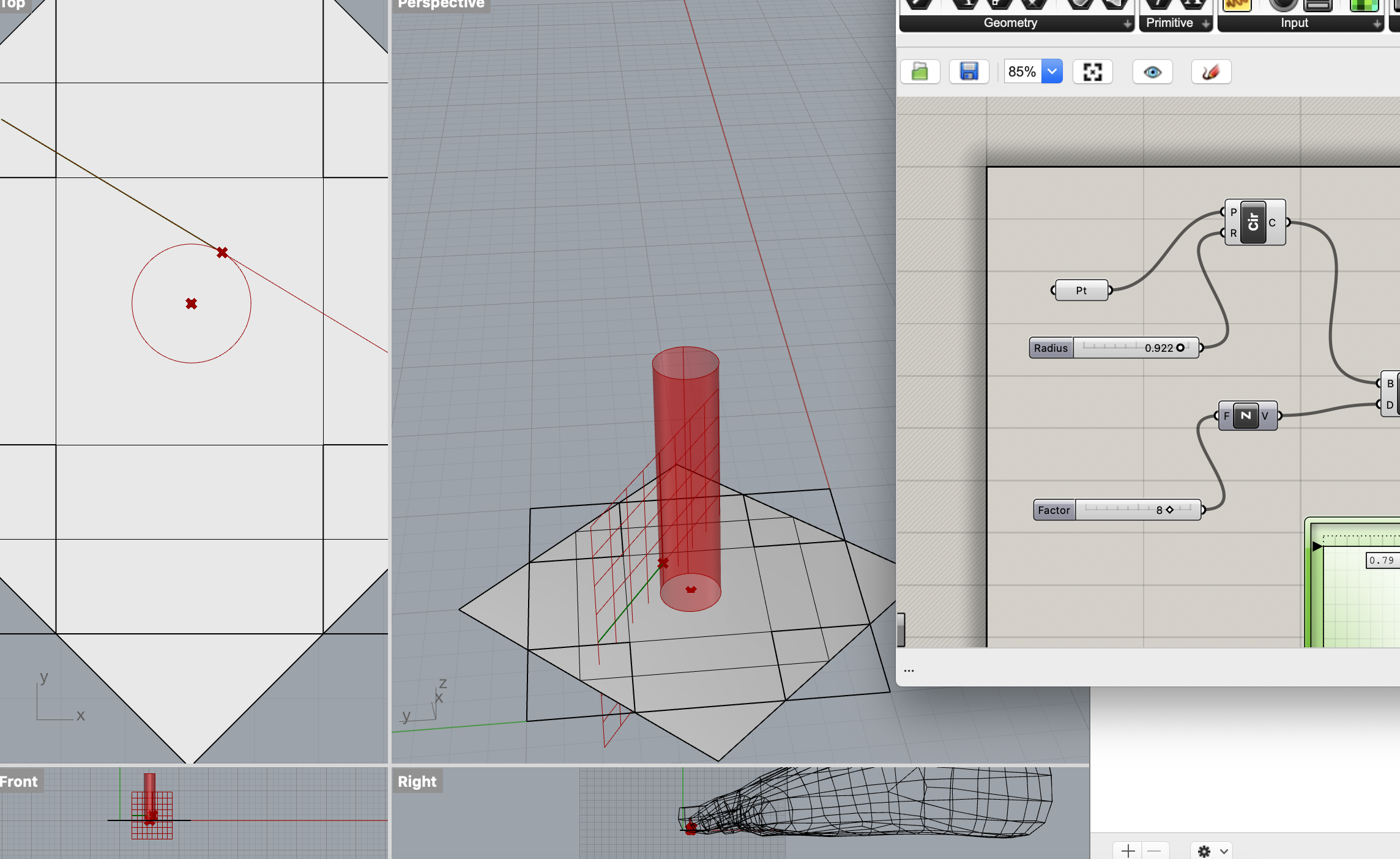1. Circular Open Source Fashion¶
The focus of this week is on alternative systems such as circular fashion, agile fashion, open value chains. We’ll create modular elements, structures and connections that allow the user to change the shape of a garment, resize it or replace certain elements. The design of this modular element will be publish on open source platforms and we learn how to monitor and promote their creations in a distributed network.
Assignment week 1¶
- Design and prototype with paper and scissors modular configurations and locking connections.
- Document the paper prototypes
- Run tests of laser cutting of your designs in fabric and document the parameters for the chosen fabric.
- Design and Document the process.
- Laser cut the modules.
- Create a modular or seamless garment, showing that the connection is well designed and holds the pull/stretch of a garment.
- Document the assembly process and tests.
- Upload the open source file in pdf, in correct scale with 1-5 pictures at ooscilarfashion (preferably in white background)
- EXTRA POINT Submit some of the modules to the analog or digital material library of the lab. (20cm by 20cm aprox)
Useful links¶
https://class.textile-academy.org/classes/2020-21/week03/ https://vimeo.com/showcase/7591404/video/465927021 https://www.youtube.com/watch?v=DYZfBXGs_ik&feature=youtu.be
Inspiration¶


Rhino & Grasshopper¶
On our LAB day we got a workshop of Lorenzo Masini, which was very interesting.
We worked with the following plug-ins:
• Rhino 6 includes grasshopper • Grasshopper • Food4Rhino • C# Penrose tiling
It was not very easy to understand both programmes and how they connect to each other. I think I will need some more time to experiment and understand how these programmes work.
 Some first test in Rhino
Some first test in Rhino
 Crearting a system in Grasshopper
Crearting a system in Grasshopper
Biomimicry¶
I would like to create a design working with Biomimicry. Biomimicry is about valuing nature for what we can learn, not what we can extract, harvest, or domesticate. In the process, we learn about ourselves, our purpose, and our connection to each other and our home on earth. Biomimicry offers an empathetic, interconnected understanding of how life works and ultimately where we fit in. It is a practice that learns from and mimics the strategies used by species alive today. The goal is to create products, processes, and policies — new ways of living — that solve our greatest design challenges sustainably and in solidarity with all life on earth. We can use biomimicry to not only learn from nature’s wisdom, but also heal ourselves — and this planet — in the process.

From Vimeo¶
Sound Waves from George Gally (Radarboy) on Vimeo.